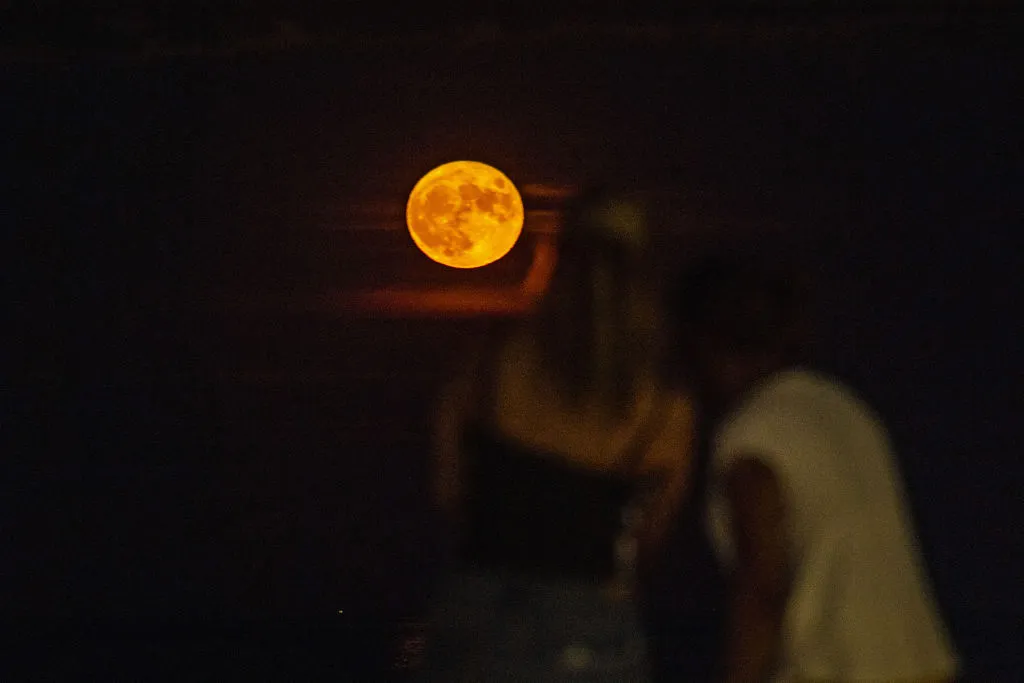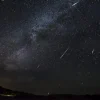This weekend’s full moon, known as the buck moon, will peak early on Sunday morning at 6:17 a.m. ET, as noted by The Old Farmer’s Almanac. The buck moon gets its name because it coincides with the time of year when male deer, or bucks, are fully grown with antlers.
The moon appears full for a few days each month, so the best time to view it will be on Saturday evening, aligning with the 55th anniversary of the Apollo 11 lunar landing. Noah Petro, chief of NASA’s Planetary Geology, Geophysics, and Geochemistry Laboratory, highlights this as a perfect moment to celebrate the historic event.
The Apollo 11 mission, which successfully landed humans on the moon on July 20, 1969, is commemorated as a monumental achievement in space exploration. The Lunar Module, named Eagle, descended to the moon’s surface, marking a significant milestone in human history.
Petro suggests celebrating this anniversary by observing the full moon and remembering the contributions of Neil Armstrong, Buzz Aldrin, Michael Collins, and the entire Apollo 11 team. He emphasizes the importance of this historic event and encourages people to enjoy the view of the moon as a tribute to these space pioneers.
Viewing the full moon is possible for people in both the Northern and Southern hemispheres, provided the weather cooperates. Petro advises finding a spot with an unobstructed view of the sky, away from tall buildings and trees.

While no special equipment is necessary, using a telescope or binoculars can enhance the experience, allowing observers to see the moon’s surface features, such as vast volcanic lava flows. Even with the naked eye, viewers can appreciate the moon’s history and its visible surface variations.
Each full moon is unique due to the moon’s changing orientation and distance from Earth in its elliptical orbit. Petro notes that the buck moon will appear similar to other full moons but encourages taking photos of each full moon to observe these subtle differences over time.
Additionally, other planets like Saturn, Mars, Jupiter, and Uranus can be observed in the early morning hours during July, offering a broader celestial experience for skywatchers.
NASA’s Artemis program aims to build on the legacy of Apollo by returning astronauts to the moon, establishing the first lunar outpost, and advancing our understanding of the moon. Recent discoveries, such as the confirmation of a cave on the moon, highlight how much there is still to learn.
Petro, involved in both the Lunar Reconnaissance Orbiter and Artemis III projects, emphasizes that each new finding reveals our limited knowledge about the moon and suggests that these insights will aid in exploring other planets, including Mars. Observing the full moon with these ongoing and future missions in mind adds depth to the stargazing experience.

